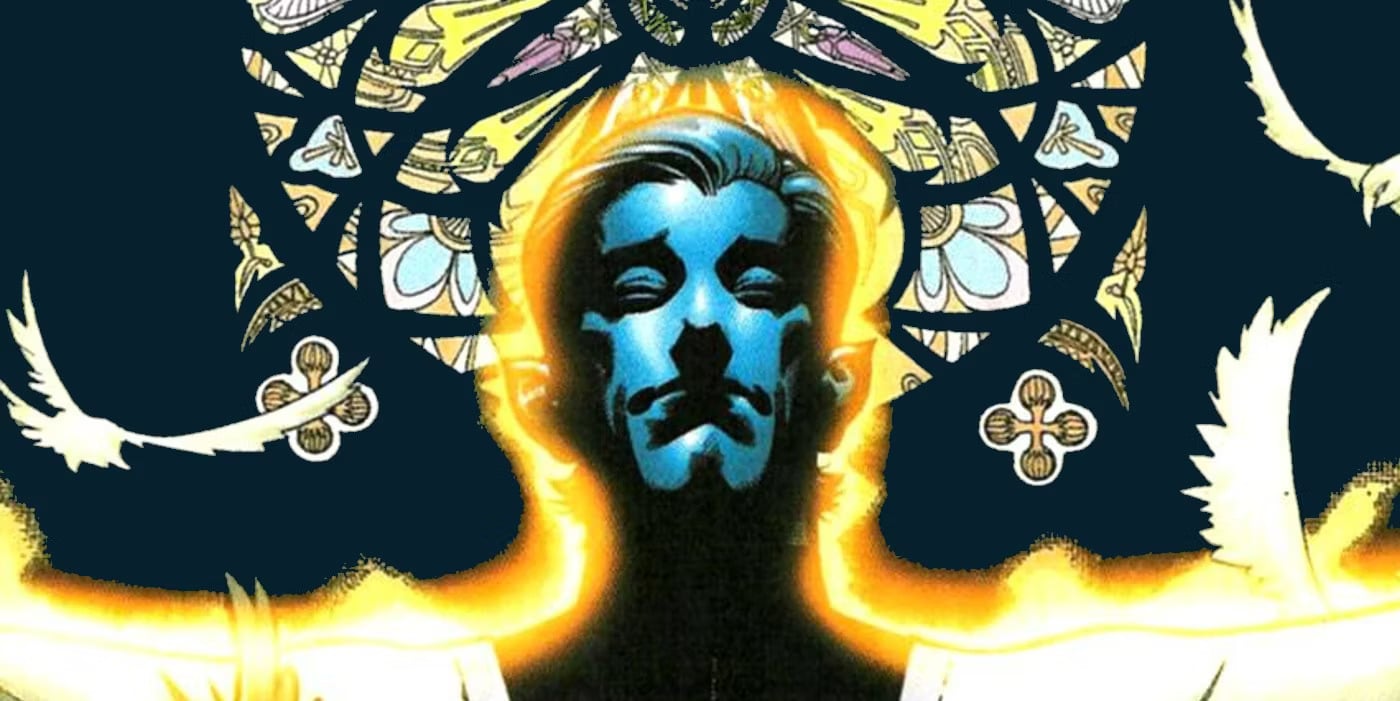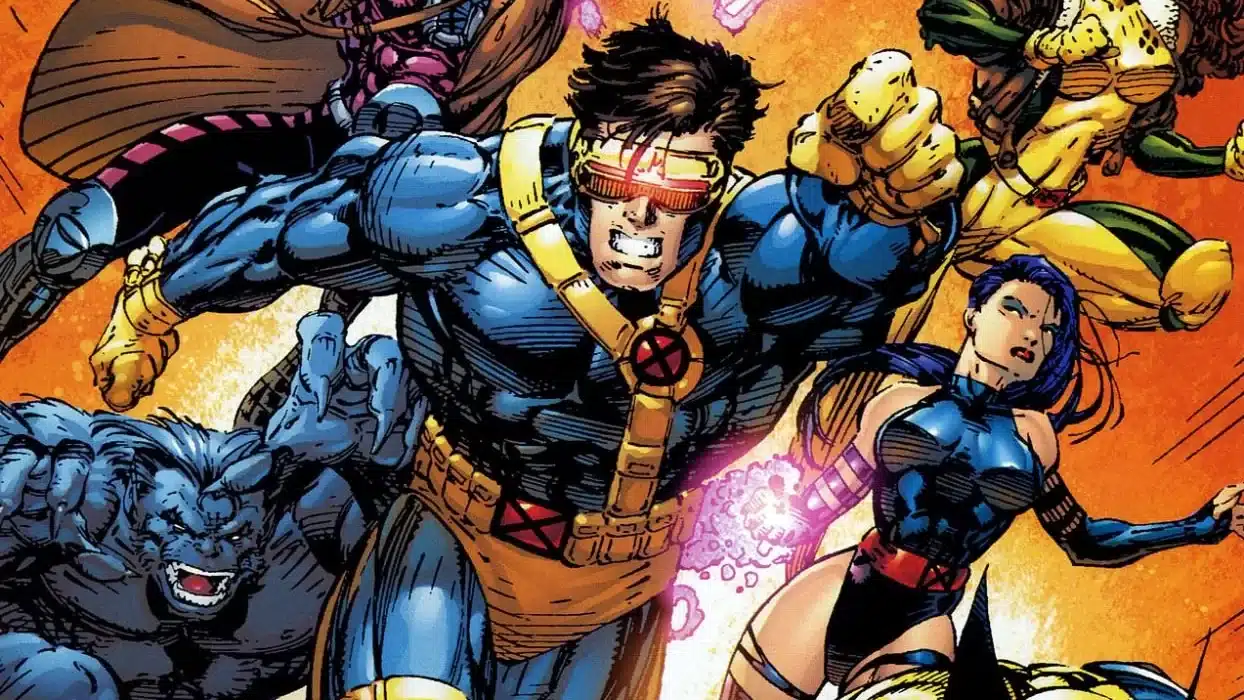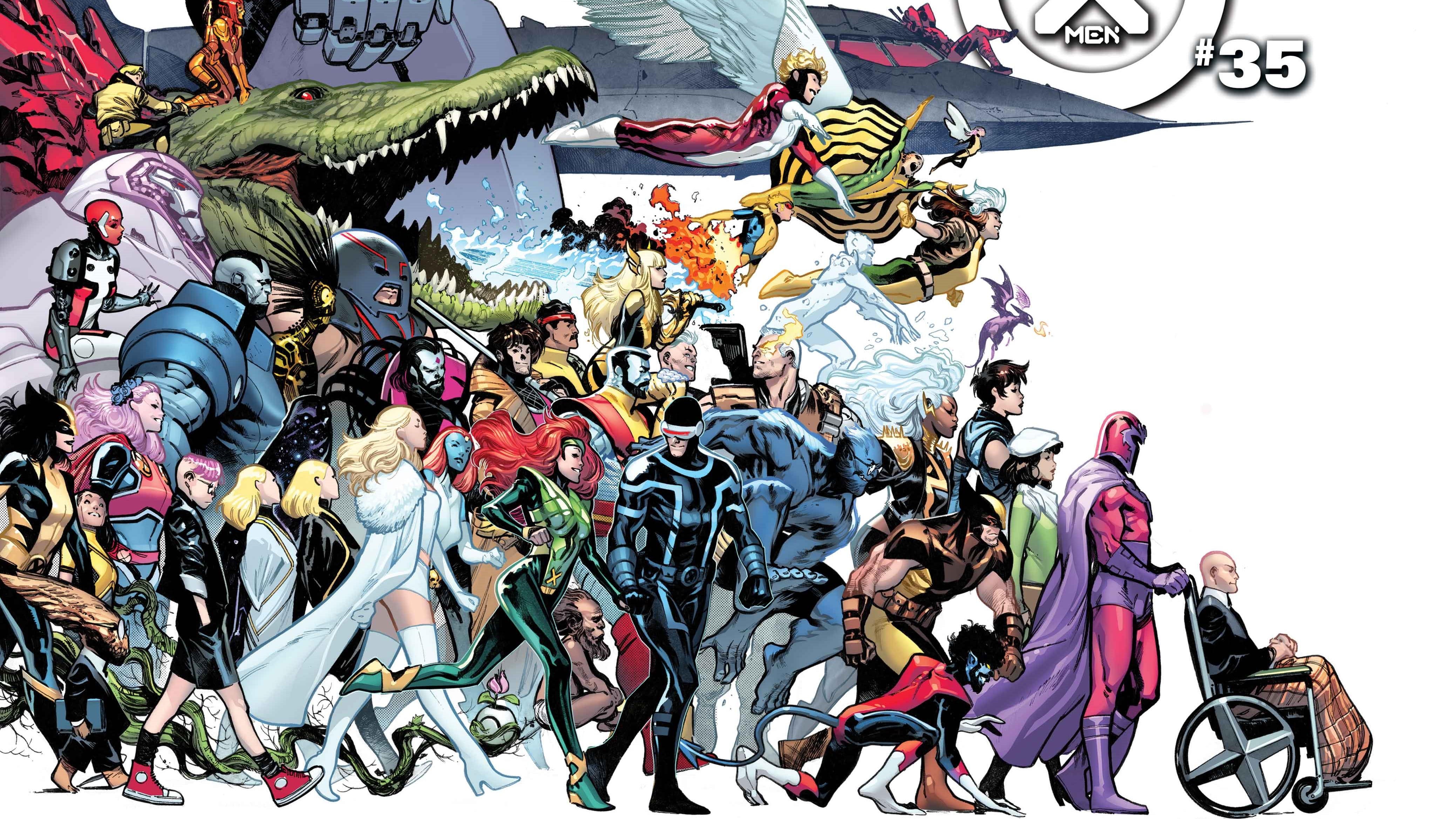This comes to us from Lincoln Crisler. Lincoln’ genre fiction credits include a contribution to IDW Publishing’s Robots vs Zombies anthology and editorship of Corrupts Absolutely?, an anthology of dark superhero fiction. A career non-commissioned officer in the United States Army, he currently lives and works in Europe with his wife and son.
With our look back at the Age Of Apocalypse well underway, I feel it’s only right to pause and reflect on some supplemental material before we dive into the latter half of the cross-over. For four months, our beloved stable of X-books have been radically adulterated. If anything, the eight titles were more tightly knit than ever before. As with anything comics, some fans would find parts lagging, while others would find themselves wishing there were more of those same segments, but all the books were telling one big story. And even so, thirty-four issues (counting Alpha and Omega, of course) were not enough to tell the entire story.
We are talking about an entire alternate timeline, here. One where all the events from Uncanny X-Men #1 through to #UXM 321, timeframe-wise, happened completely different. Of course there were more stories to tell. Of course, readers were going to want more. X-Men Chronicles offered that in spades. These two issues were basically X-Men Unlimited for the AoA, and this was the time when Unlimited was required reading for serious X-Men fans. Unlimited revealed Nightcrawler’s parentage. Brought Sabretooth to the mansion. Dissolved the relationship between Lilandra and Xavier. And if you slept on Chronicles, you were missing out in a similar manner.

We meet the Original X-Men of Earth-295 in time-honored Claremontian fashion in the first issue. It’s basically a Danger Room introduction to the team, but they’re on Wundagore Mountain at the time. Magneto’s fashion sense has the team dressed in red-and-yellow, reminiscent of Generation X’s uniforms while also recalling Xavier’s original school uniform design in the 616. It’s Quicksilver, Iceman, Colossus, Storm, Jean and Scarlet Witch. There are several takeaways here–first, there’s no “team girl,” instead, half the team are powerful women. Second, this really wets the whistle for anyone wishing the mainstream universe’s Pietro and Wanda spent more time with Xavier’s students. The X-Men are young and relatively untouched by the world around them, compared to when we first saw them. We also get to see the world while it’s still fairly normal. Cape Citadel (which you may remember from Lee and Kirby’s X-Men #1) is still defended by a standing military. Rogue and Weapon X are introduced to the team.
Unfortunately, by the end of the book, we see why Quicksilver was at Magneto’s side in X-Men: Alpha and his sister wasn’t. While the end of the issue is bittersweet, it does show some of the early history of the X-Men and their foes in this timeline. The second issue is still set in the past, relative to X-Men: Alpha, but several years after the first. Weapon X and Rogue aren’t new additions to the team, anymore. Pretty much everyone is wearing their individual uniforms. Gambit and Sabretooth are both team members, but we don’t see Shadowcat or Blink. Clearly, a lot has transpired in between issues. And, in a situation foreshadowing a love triangle that would happen later in the mainstream books, the love triangle between Gambit, Rogue and Magneto is set against the backdrop of a fight with another of Apocalypse’s minions, inexplicable named Wolverine (but with neither a connection to the Weapon X project or a 616 counterpart at all).

While Chronicles assuages one appetite–the need for AoA backstory–there’s another burning desire met by another limited series. The Age of Apocalypse was, of course, an X-Men centric event and the rest of the mainstream Marvel books continued apace while the X-books were on their hiatus. BUT–given that this is Earth-295, a whole slew of other heroes and metahumans need to be accounted for. While Chronicles told two separate stories in two issues, X-Universe spent its two issues telling the story of Earth’s other heroes and their struggle against Mikhail Rasputin, Colossus’ and Illyana’s brother; here, a Horseman of Apocalypse.
The story starts out in AoA Wakanda, and really highlights the heroics of the humans who, while superheroes in our world, are merely very gifted survivors here. For the most part, they don’t even have powers, aside from the Hulk. Donald Blake, for instance, is merely a doctor with a cane. Peter Parker died in the cullings, but Gwen Stacy still lives. Sue Storm and Ben Grimm have survived, and work alongside a deposed Victor Von Doom. Of course, there are villains. One would expect Arcade, Kingpin, the Owl and the Green Goblin to be the same on any world, though they’re all tech-based here rather than representations of their normal alter-egos. Banner/Hulk are a typical blend of help and hindrance. The real surprise is Daredevil–Matt Murdock is blind, and granted powers by Mikhail. And it’s nice to see Mikhail front and center of a decent story, as sparingly as he’s used in the 616.

While the X-Men returned to normal continuity in July 1995’s X-Men: Prime, fans and creators have both frequently yearned for a return to the AoA. There have been several noteworthy contributions taking place chronologically after X-Men: Omega, but they’ve met with mixed success. In my opinion, the best additions to the Age of Apocalypse oeuvre were the earliest–Tales From the Age of Apocalypse Vol. 1 & 2. Not only were these books written with involvement from writers originally involved in the crossover (Scott Lobdell and John Francis Moore, respectively), they fleshed out some more of Earth-295’s past instead of attempting to tack more story onto what was, in my estimation at least, a perfect conclusion in X-Men: Omega.
Volume 1 fills in a bit of the gap in between Chronicles and X-Men: Alpha. Some of the greater Marvel Universe at large is once again drawn into the story–Absorbing Man and Diablo fight Magneto, Maximus the Mad is Apocalypse’s Horseman, Death, and the X-Men face off with the rest of the Inhumans on the moon. The one drawback is where exactly the story fits in continuity. The team is mostly the X-Men as they are at the start of the crossover, minus Sunfire, who we see in the hands of Maximus. Magneto and Rogue aren’t married yet, and don’t have a child, but Gambit is still on the team and shouldn’t be, after the events of Chronicles #2. It was published eighteen months after Prime, though, so I’d suggest you just pretend Lobdell meant to use Iceman instead, and it’s all good. Volume 2, released a year later in 1997, features the Summers brothers and the rest of the Factor-X lineup. It’s the more satisfying of the two, as we get to see some early Summers development, and there aren’t any glaring continuity issues.

And of course, after we discuss the bitter end in the next installment, you’ll have a good appreciation for why we needed just a bit more story in the first place.
Zachary Jenkins runs ComicsXF and is a co-host on the podcast “Battle of the Atom.” Shocking everyone, he has a full and vibrant life outside of all this.






